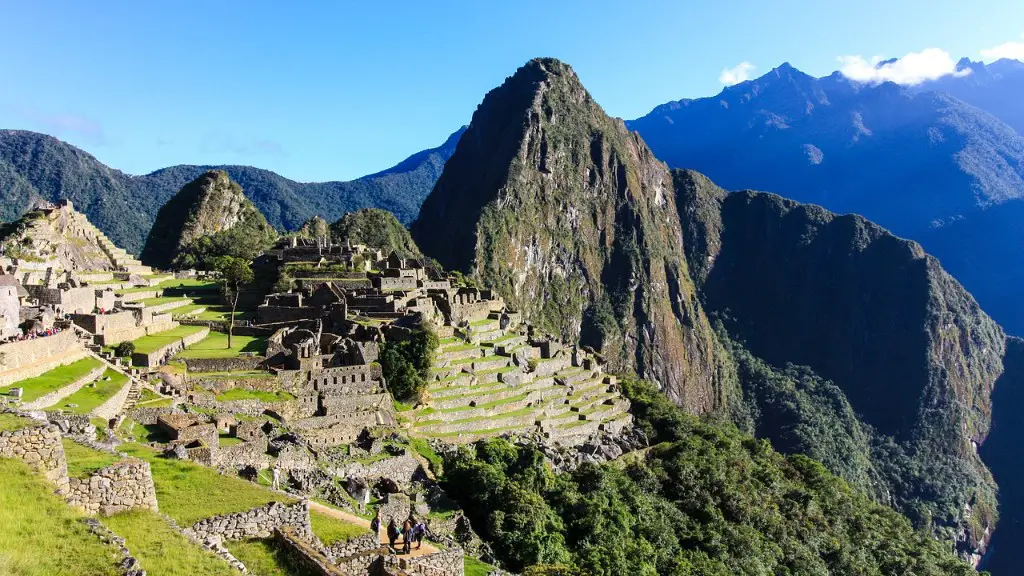Equipment
People often question the type of essential equipment they need to take with them while climbing Kilimanjaro. There are a few items that every climber must have. Firstly, it is important to have a quality and waterproof tent if planning to camp out during the ascent. The tent should be big enough and durable enough to withstand any extreme weather. Secondly, a sleeping bag and sleeping pad are essential, as they offer comfort while sleeping outdoors. Having a warm sleeping bag is recommended, as the temperature may drop drastically at night. Thirdly, trekking poles are important to help keep balance and prevent falls. Lastly, headlamps or flashlights are necessary for when the sun sets, as the climb can last long into the evening.
Clothing
Having the right clothing is very important when climbing Kilimanjaro. It is recommended to have layered clothing, as the temperature can change drastically during the day. Breathable and wicking materials can help keep away moisture and regulate body temperature. A good windproof and waterproof jacket should be brought, as these can prevent wind, snow, and rain from getting to the skin. Comfortable, supportive and insulated shoes are also a must. Climbers should also ensure their clothing has a lot of pockets and attachments, as this can make living outdoors more comfortable.
Supplies
Having enough supplies to last the duration of the climb is important. Food and water can become sparse on top of the mountain and it is important to carry enough of both to keep energy levels up and hydrated. It is also important to carry other items such as toiletries, first aid supplies, and emergency gear, such as a whistle and signal mirror. Having these items can help during emergency situations and make the climb a lot safer and more enjoyable.
Training
The success of the climb is largely revolutionised by the level of physical fitness and training that has been undertaken beforehand. Training for the climb should start 3-4 months prior and focus on cardio, core and strength training. This can also depend on the chosen route and the speed of the ascent, as some routes are more physically demanding than others. Experienced guides often suggest that climbers start by walking around 8 to 10 kilometres a day in a steep terrain such as hills or stairs.
Altitude Acclimatisation
Kilimanjaro stands at 5,895 metres above sea level, making it a significant challenge for most climbers who are not used to such heights. Altitude acclimatisation is an essential part of the climb and it is often suggested by mountain guides that this should be done gradually, by taking enough time to stop and rest several times during the ascent. This allows the body enough time to adjust to the lower oxygen levels and can help reduce the risks of altitude sickness.
Using a Guide
Using an experienced guide for the climb is highly recommended and can often be the difference between success or failure. Hiring a local guide can help navigate the terrain, provide useful advice and knowledge, and keep the group safe. A good guide should also have local knowledge on the available routes, wildlife, and weather.
Safety
Safety should always be the priority when climbing Kilimanjaro. Taking the time to plan for potential risks, such as hypothermia, altitude sickness and acute mountain sickness, is an important part of the process. It is also important to have medical information available and make sure that the right medicines and treatments are brought with the group. In addition, having an emergency evacuation plan is essential, as the unpredictability of the mountain can sometimes require quick action.
Expert Advice
Getting expert advice from experienced mountain guides is always recommended. Coordinating a climb with an experienced guide or group can not only make the climb safer and more enjoyable, but it can also provide climbers with detailed knowledge on the route, conditions, and potential risks. Talking to other experienced climbers can also be beneficial, as they often have valuable information that can help ensure a successful climb.
Hydration
Hydration is essential on the mountain and climbers should remember to stay hydrated throughout the climb. It is recommended to bring an adequate amount of water and other fluids. It is also important to make sure that any water used is sterilised or filtered, as this can help reduce the risks of getting sick. In addition, keeping snacks and energy bars close by can be helpful, as they can provide a quick source of energy when the climb gets tough.
Nutrition
Nutrition is also important for climbers, as this can help keep up energy levels and keep the body healthy throughout the ascent. It is important to have a balanced diet of carbohydrates, proteins and fats. This can be in the form of meals, snacks, or energy bars. It is also important to remember to eat small amounts throughout the day, rather than one large, heavy meal.
Rest and Recovery
Rest and recovery are crucial during the climb, as it gives the body time to adjust to the strenuous activity. Taking regular breaks throughout the day is recommended, as this can help reduce the amount of energy that is used and allow the body to recover. It is important to also get enough sleep throughout the night, as this can help recover any sore muscles and ensure the body is ready for the next day.
